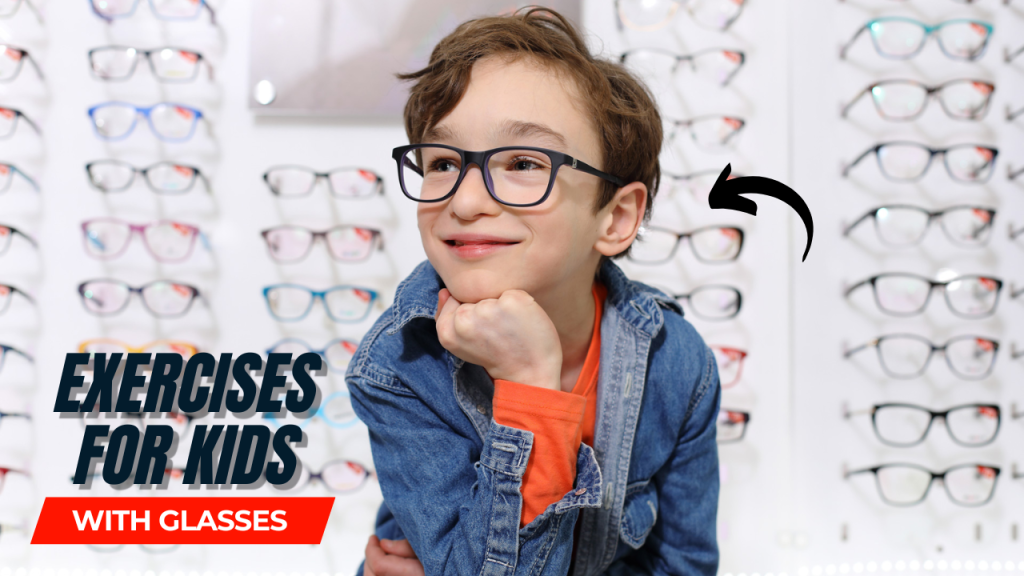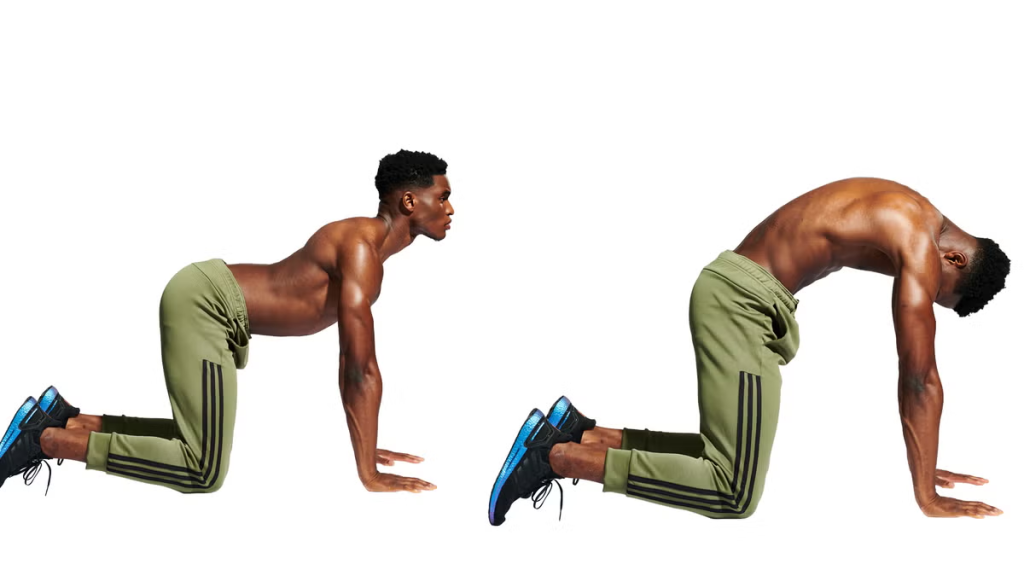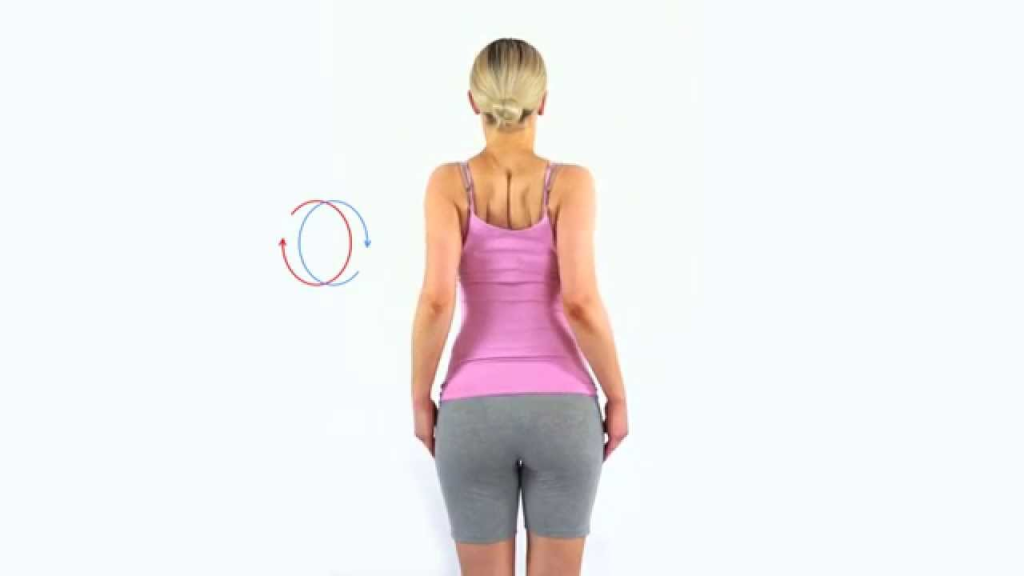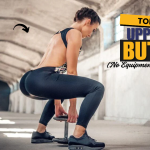Poor posture can strain a child’s vision just as much as excessive screen time can. And when combined, they may even worsen the effects of conditions like nearsightedness. Surprising, right?
For children who wear glasses, it’s not just about correcting their vision—it’s about supporting their entire visual system, posture, and overall well-being. Whether your child is glued to books, screens, or play, the way they sit, move, and focus can impact how well their glasses help them in the long run.
In this guide, we’ll explore fun, safe, and effective exercises that promote better posture and eye health at the same time—a holistic approach tailored especially for kids with glasses.

What Can Happen After 30 Days of These Exercises?
| Area of Improvement | Expected Benefits After 30 Days |
|---|---|
| Posture & Alignment | Noticeable improvement in upright sitting and reduced forward head tilt |
| Neck & Shoulder Comfort | Less tension or complaints of discomfort during reading or screen time |
| Eye Muscle Strength | Increased ease in focusing between near and far objects |
| Eye Tracking & Coordination | Better visual tracking during reading, writing, and playing |
| Screen Time Tolerance | Fewer signs of digital eye strain like rubbing eyes, blinking, or squinting |
| Confidence with Glasses | Greater comfort and less fussing with glasses positioning |
| Attention & Focus | Enhanced concentration during learning tasks or homework |
| Overall Body Awareness | Improved control of movement and balance, especially in games or sports |
| Daily Habits Formation | Exercises become part of routine, with kids self-correcting poor posture |
| Parent-Child Engagement | Strengthened bond through fun, cooperative activity and shared health goals |
Why Do Kids with Glasses Need Special Attention?
Wearing glasses helps correct vision, but it doesn’t eliminate the strain caused by bad habits—like slouching, leaning too close to screens, or lack of eye movement. Over time, poor posture can tilt the head forward, increasing neck and back tension, while also misaligning the way glasses rest on the face, leading to discomfort and even headaches.
Also, many kids with glasses may unconsciously adopt awkward sitting positions to compensate for blurry vision—before they even get their prescription. These habits tend to stick.
Myth Busted
“Glasses will fix all vision issues on their own.”
Nope! Glasses are corrective—not curative. Vision health depends on daily habits, body alignment, and eye muscle strength too.
1. Posture-Boosting Exercises for Kids with Glasses
Focusing on spine alignment and neck mobility can enhance how glasses support clear vision.
a. Wall Angels

- How to do it: Stand with back flat against a wall, arms raised to shoulder level, and move them up and down like a snow angel.
- Benefits: Encourages straight posture, opens up the chest, and reduces forward head tilt.
b. Seated Cat-Cow Stretch

- How to do it: While seated, alternate between arching and rounding the spine.
- Benefits: Improves spinal flexibility and body awareness, especially during reading or homework.
c. Chin Tucks

- How to do it: Sit up straight and gently pull the chin backward to create a “double chin.”
- Benefits: Corrects forward head posture, reducing strain on neck and eyes.
d. Shoulder Rolls

- How to do it: Roll shoulders backward in slow, wide circles.
- Benefits: Releases tension from the neck and shoulders, promoting natural posture when wearing glasses.
2. Eye Exercises to Strengthen Vision
These movements can help reduce eye strain, improve focus, and support visual tracking—key for kids who wear glasses.
a. 20-20-20 Rule Game

- How to do it: Every 20 minutes, look at something 20 feet away for 20 seconds.
- Make it fun: Set a timer with animal sounds and let them spot something green or blue each time.
- Benefits: Reduces digital eye strain and supports eye flexibility.
b. Eye Tracking with Toys

- How to do it: Move a colorful toy side to side or in figure eights while your child follows it with just their eyes.
- Benefits: Strengthens eye movement control, crucial for reading and writing.
c. Near & Far Focusing

- How to do it: Hold a pencil close to the nose, then shift focus to an object across the room. Repeat slowly.
- Benefits: Trains eyes to adjust focus quickly and naturally.
3. Combined Full-Body & Eye Coordination Activities
These exercises work both gross motor skills and visual processing, helping kids become more confident and coordinated.
a. Balance Beam Eye Game

- How to do it: Walk along a line (or tape on the floor) while tracking a moving object with the eyes.
- Benefits: Improves body control and eye-body coordination.
b. Balloon Tap

- How to do it: Keep a balloon in the air while only using alternating hands.
- Add a twist: Call out colors or numbers on the balloon to encourage focus.
- Benefits: Enhances visual tracking, hand-eye coordination, and peripheral awareness.
4. Screen Time Stretch Breaks

Kids with glasses often spend long hours in front of screens. Schedule 5-minute breaks every hour to do a quick stretch circuit:
- Neck rotations
- Shoulder shrugs
- Wrist circles
- Eye palming (rubbing hands together and gently covering eyes)
Interesting Fact: Eye palming not only relaxes the optic nerves but also promotes calmness in overstimulated children.
5. Make It a Daily Habit – Without Resistance
Children thrive on play and imagination. Instead of labeling these as “exercises,” integrate them into daily routines or turn them into mini-games:
- “Spy Mission”: Use eye tracking and posture games during roleplay.
- “Wizard’s Stretch Hour”: Make every stretch a magical move that “charges” their vision.
- “Posture Police”: Let them catch you slouching too, for giggles and learning.
Final Thought: Healthy Habits for Bright Futures
Helping kids with glasses goes beyond just vision correction. It’s about teaching them to move better, sit taller, and see the world with clarity and confidence. By combining posture and eye exercises, you’re supporting both body balance and visual development—two pillars of a child’s growth that are often overlooked but incredibly powerful when aligned.
Let their glasses be a tool, not a limitation—and help them build habits today that will serve their eyesight for years to come.
Frequently Asked Questions (FAQs)
Why do kids with glasses need posture exercises?
Poor posture can cause neck and shoulder tension, misalign the way glasses sit on the face, and even affect visual processing. Good posture supports better eye alignment, reduces strain, and improves comfort while reading or using screens.
Can exercise really improve my child’s vision?
While exercises can’t correct refractive errors like nearsightedness or farsightedness, they can strengthen the eye muscles, reduce fatigue, and support visual coordination. This helps glasses work more effectively and promotes long-term visual health.
Are these exercises safe for all kids?
Yes! The exercises recommended are gentle, age-appropriate, and designed with safety in mind. However, if your child has a specific medical condition or visual disorder, it’s best to consult a pediatrician or eye specialist before starting a routine.
How often should these exercises be done?
Aim for at least 10–15 minutes a day, especially after screen time or schoolwork. You can break it into short sessions—like 5 minutes in the morning and 10 minutes after homework.
What’s the best age to start these exercises?
Kids as young as 4–5 years old can begin with basic posture and eye coordination games. The earlier the habits are formed, the more natural they’ll become as they grow.
Can these exercises prevent my child’s eyesight from worsening?
They won’t stop refractive changes entirely (which are often genetic), but regular eye and posture exercises can reduce strain, slow fatigue, and potentially reduce progression of vision problems related to poor habits.
Do these exercises work for kids without glasses too?
Absolutely! These are great for all children—especially those who use screens often. Eye exercises and posture awareness benefit every child’s physical and visual development.
What if my child refuses to do the exercises?
Try turning exercises into fun games, include siblings or parents, or use reward systems. Framing them as part of playtime or story-based roleplay can make a big difference.
Should I still follow up with an eye doctor regularly?
Yes. These exercises are supportive, but regular checkups with an optometrist or ophthalmologist are essential to monitor vision health and ensure glasses prescriptions stay up-to-date.





